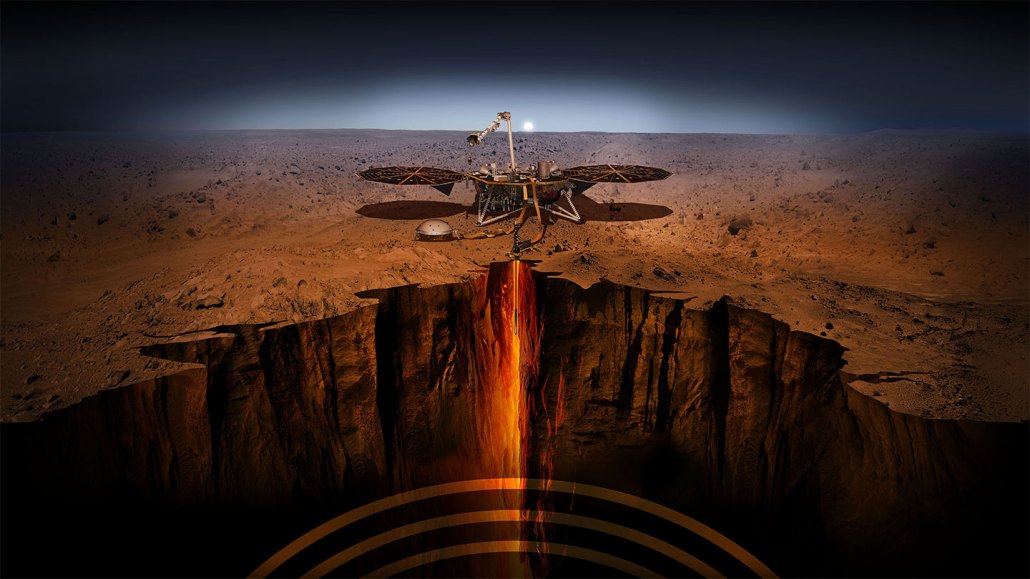Marsquakes and meteorite hits show Mars has a dense liquid metal core
Previous data suggested the Red Planet had a surprisingly light core

On Mars, NASA’s InSight lander (illustrated) measured seismic waves from quakes and meteorite impacts that better reveal the liquid metal ball at the heart of the planet.
JPL-Caltech/NASA